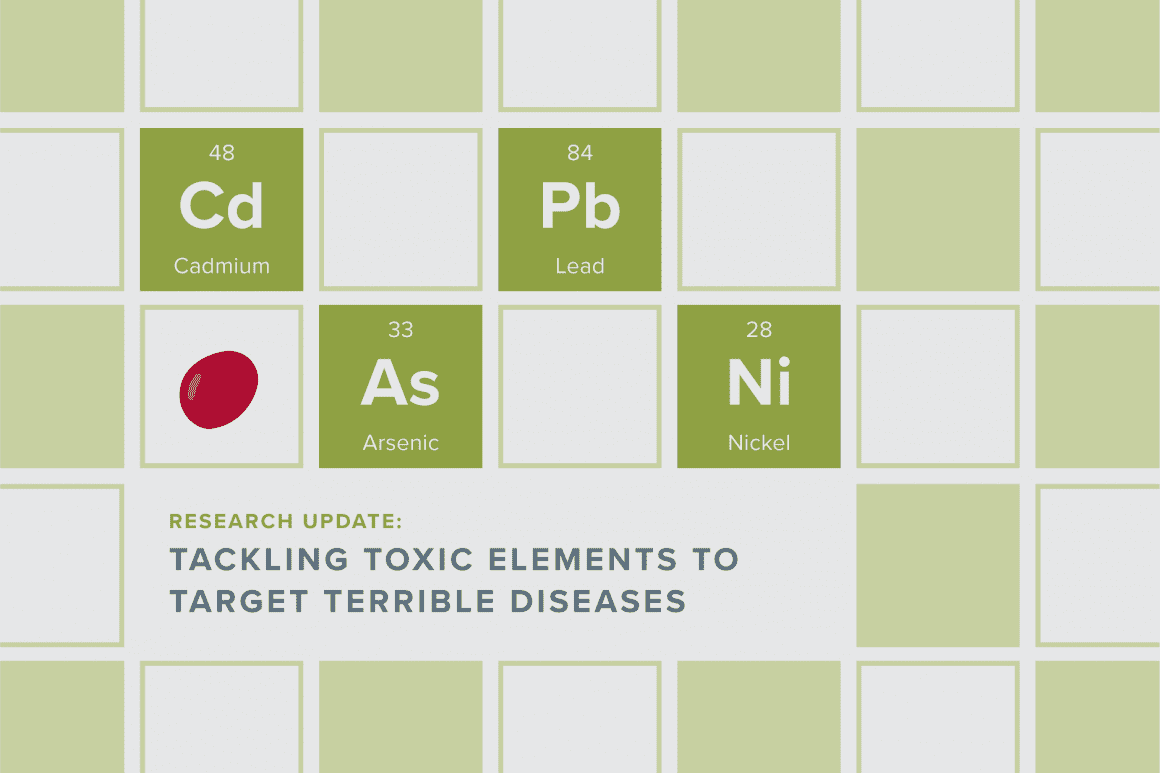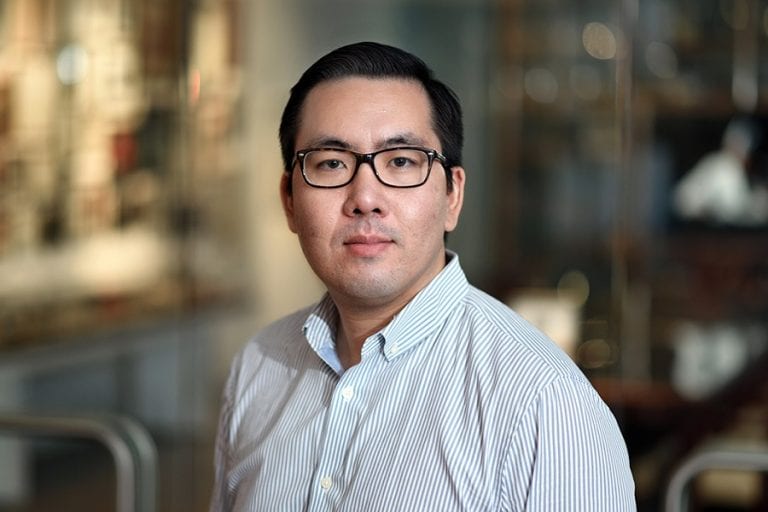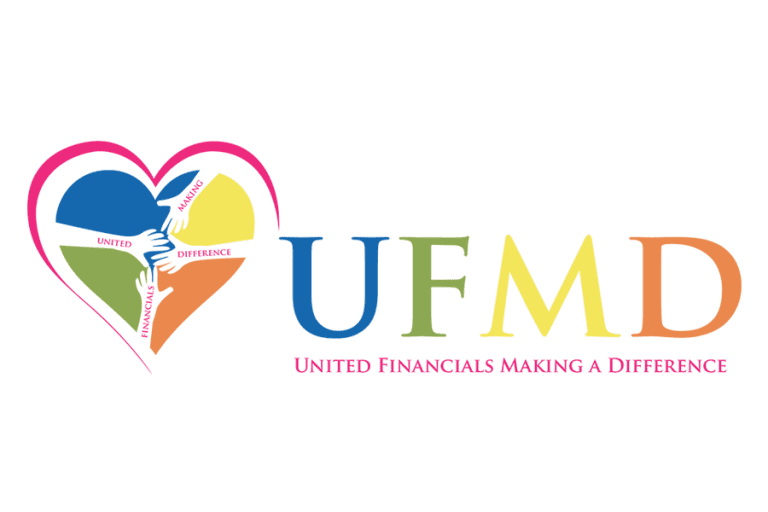Tiny scraps of paper from newborn screening tests, each with a dried blood spot smaller than a dime, could unlock insights into how to prevent some childhood cancers.
That’s the hope of environmental epidemiologist Shannon Cigan, PhD, who won a 2020 Emerging Scientist Award from Children’s Cancer Research Fund to advance her study of heavy metal exposure as a potential risk factor for pediatric cancers.
“If we can identify and pinpoint elements that potentially increase the risk of childhood cancer, we could work to reduce those exposures and reduce that risk,” said Cigan, a postdoctoral associate at the University of Minnesota Medical School’s Department of Pediatrics.
The focus of Cigan’s pilot study is to develop a method to quantify arsenic, cadmium, lead and nickel in the dried blood spots that are routinely collected as part of newborn screenings. These widespread environmental pollutants have been shown to be toxic to adults and animals, and the International Agency for Research on Cancer classifies them as known or probable human carcinogens.
Research also shows these toxic elements can cross the placental barrier, and some studies have shown that babies with prenatal exposure are more likely to have low birth weight, preterm delivery and neurodevelopmental issues. Cigan’s long-term goal is to learn whether prenatal or early childhood exposure to these heavy metals is also associated with pediatric cancer.
Cigan, who spent six years working for the U.S. Centers for Disease Control and Prevention (CDC), has experience with both analytical chemistry and epidemiology data analysis, positioning her well to bring a public health perspective to bench lab science. While at the CDC, she was deployed into the field to collect and measure samples from emergency exposures to toxic substances. “Working side by side with epidemiologist is how I got interested in public health and decided to bridge my expertise in basic lab science measuring samples with epidemiology to better understand the health impacts of environmental exposure to heavy metals,” she explained.
She focused on adult cancer research during her doctoral work but was eager to expand her research into the pediatric realm. “Despite decades of research, known risk factors of most childhood cancers remain poorly understood,” she said. “One of biggest problems and key challenges is identifying exposures before children were diagnosed with cancer.”
Scientists typically use urine and blood to detect trace and toxic elements, but because childhood cancer is rare, it’s not feasible to collect and store blood or urine samples in case a child later develops cancer. However, dried blood spots are already routinely collected and stored as part of newborn screening programs, which makes them a potentially good tool to assess environmental exposures.
To gauge the effectiveness of dried blood spots as a screening tool, Cigan is testing samples from healthy newborns, which are much more readily available than the precious few samples from children who later develop cancer. “It’s really important that we measure these on samples from healthy children to demonstrate that the test is reliable,” she said. Once validated, the next step will be to test newborn dried blood spots from pediatric cancer patients to see if they had heavy metal exposure at birth.
“This project has been really exciting,” Cigan said. “As a young investigator, it’s pretty neat to be able to design your own study to help find a solution to a problem.” Collaboration has been key, and she’s partnering with the Wisconsin State Laboratory of Hygiene and the University of Minnesota’s Medical Devices Center, which is helping her create a non-metal tool to cut out the sample. “Heavy metals are ubiquitous in the environment, and something as simple as the metal hole punch we use on the dried blood spot introduces contamination,” she explained.
Philanthropy is essential to jump-start the careers of promising scientists like Cigan, giving newer researchers the experience and pilot data needed to grow their research and secure future funding. “This funding has been very important to me,” Cigan said. “There is very limited federal funding for childhood cancer research, so this foundation support was amazing to help launch my independent career. I know I wouldn’t be doing this project otherwise.”
Children’s Cancer Research Fund is able to fund projects like Cigan’s because of money raised through the Great Cycle Challenge. “It makes a huge difference,” Cigan said of the fundraising event. “If you’re going to exercise anyway, why not do it for a great cause?”
Cigan is hopeful about the future for pediatric cancer research. “We see science advancing every day, and we’re seeing a push forward in genetic studies,” she said. “My hope is that we can apply this advancement to prevent childhood cancer by giving the public known ways to prevent exposure instead of just fixing it when it happens.”
Your donations make progress possible.
When you donate to Children's Cancer Research Fund, you make it possible for researchers to uncover how to better prevent and treat childhood cancers. Every $1 donated helps researchers secure $18 in additional funding to make groundbreaking discoveries.




